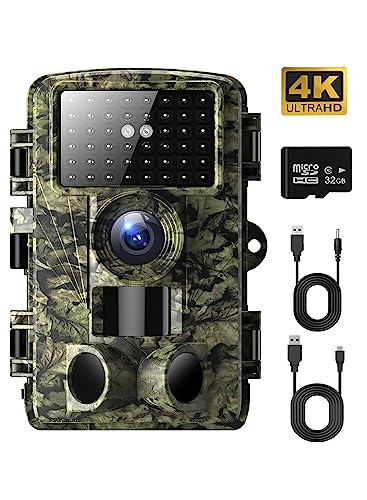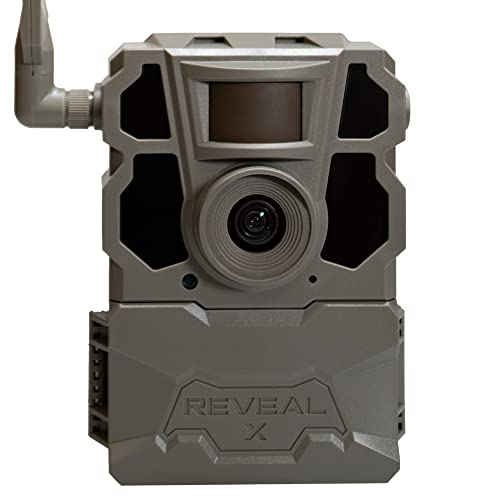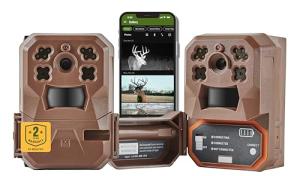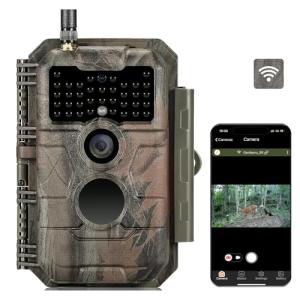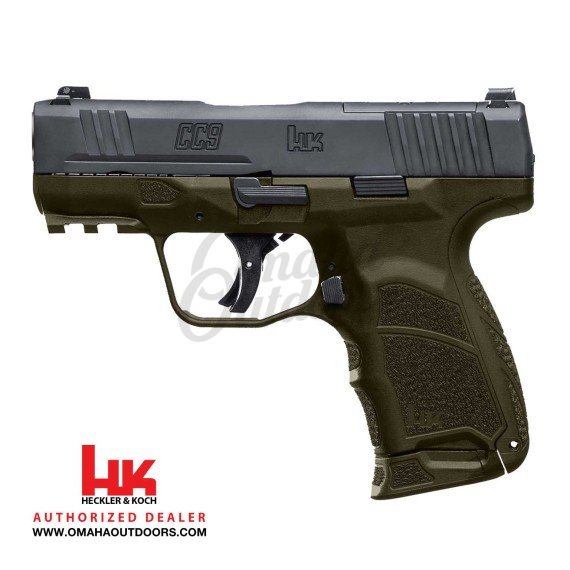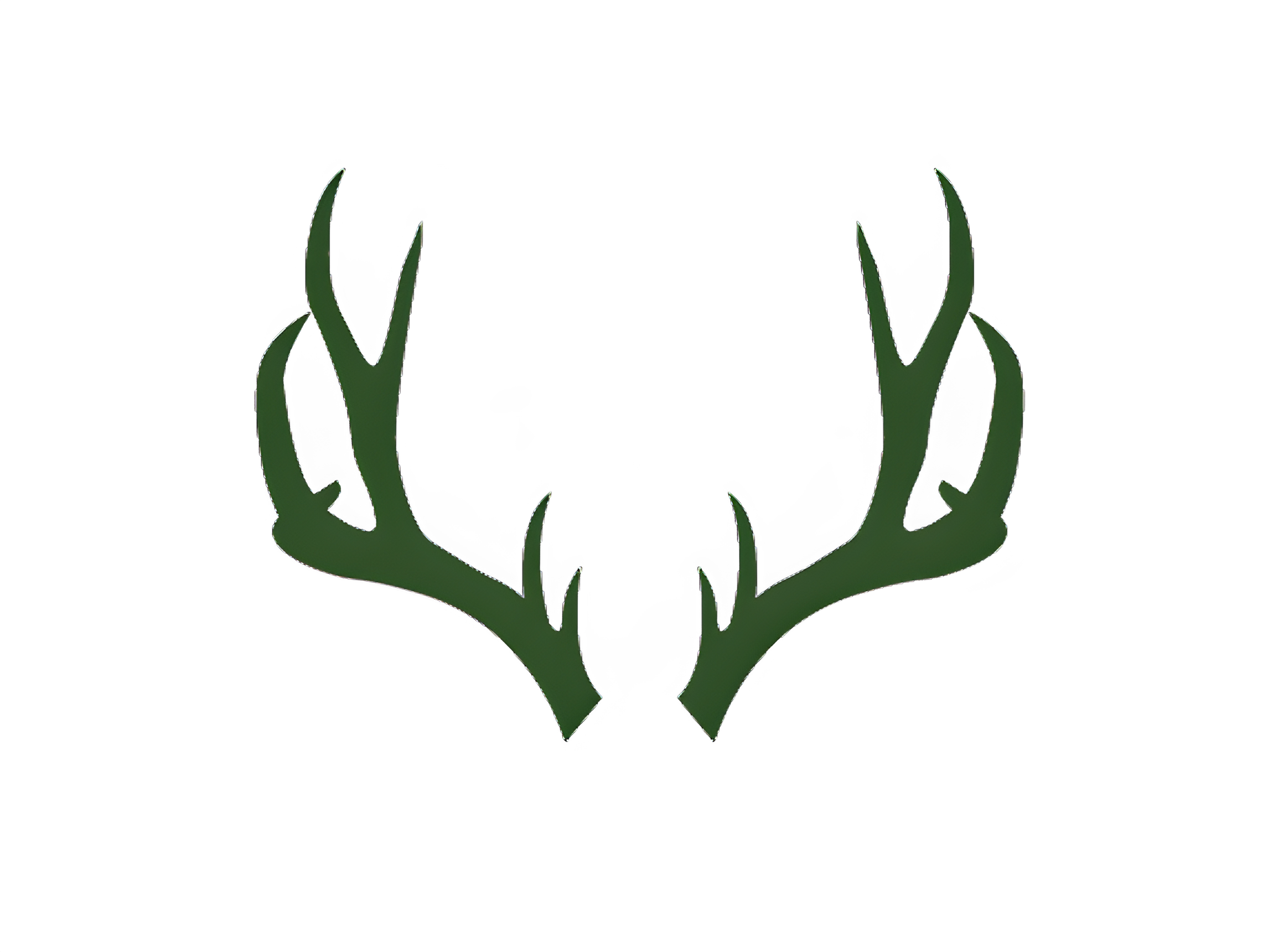Getting ready for a fall deer hunt can be exciting and rewarding. With the right tips, hunters can increase their chances of success. Knowing how to prepare helps them find the best spots and use the right gear.
This article shares seven necessary tips to help hunters make the most of their fall deer hunting experience.
Key Takeaways
- Scout early: Spend time in the woods during August and September to identify deer patterns and ideal hunting spots.
- Gear check: Make sure your firearm is zeroed, knives are sharpened, and camo gear is scent-free.
- Understand deer behavior: Focus on hunting between feeding and bedding locations, and minimize noise and scent to avoid spooking deer.
Essential Gear for Fall Deer Hunting
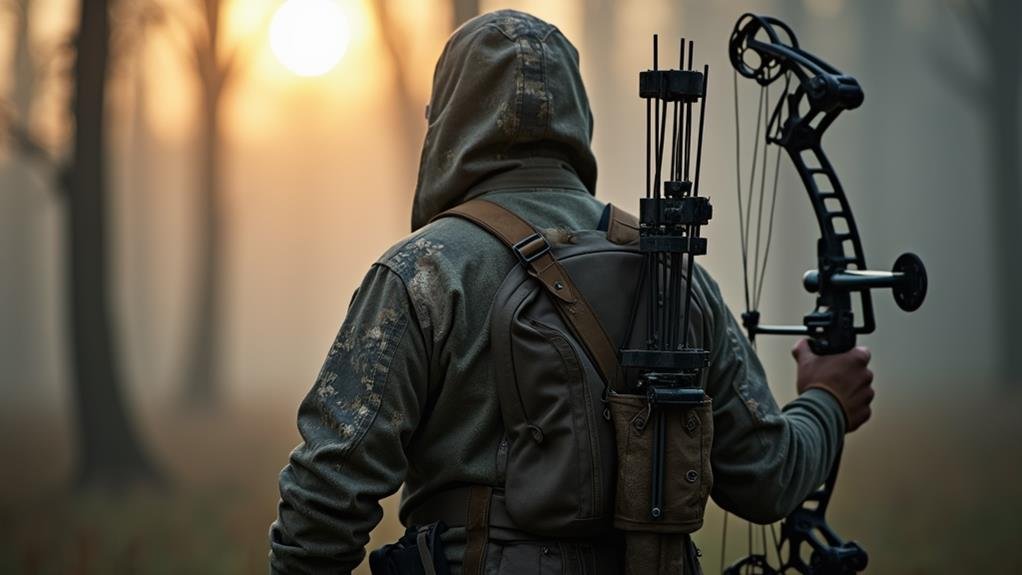
Necessary gear for fall deer hunting includes camouflage clothing and hunting boots. A reliable hunting backpack is critical for carrying equipment. Don't forget your hunting license and deer calls. For safety, use a safety harness and check wildlife conservation regulations.
Invest in a good hunting rifle or crossbow, along with ammunition. Use trail cameras to scout locations. At last, practice field dressing techniques to handle your catch efficiently.
Hunting Rifle Preparation
Preparation for deer hunting involves selecting the right hunting rifle. Think of it as choosing the right tool for a job; a skilled carpenter wouldn’t use a hammer to cut wood.
Initial, make sure your rifle is in top condition. Regular maintenance is critical, just like an athlete trains for peak performance. Check the ammunition and make sure it matches your rifle's specifications. It's like wearing the right shoes for a race.
Next, practice your marksmanship. Spend time at the range, honing your skills. Imagine aiming at a target as if you’re trying to hit a bullseye on a dartboard. Consistent practice leads to confidence.
Don't forget for consideration hunting safety. Always wear a safety harness when using a tree stand. This is your safety net, much like wearing a seatbelt in a car.
Gather necessary gear, including hunting gloves and camouflage clothing. These items help you blend into your surroundings, making you less visible to deer. Think of it as becoming a part of the forest.
At last, familiarize yourself with hunting regulations in your area. Knowing the rules is like having a map on a journey; it guides you safely through the woods.
Choosing the Right Camouflage Clothing
Choosing the right camouflage clothing is critical for successful deer hunting. It’s like wearing a magic cloak that makes you blend into the forest. Why stand out when you can disappear?
Initial, consider the environment. Different terrains require different patterns. For example, a woodland camo works well in forested areas, while open fields might need something lighter. Think of it as choosing the right outfit for a party!
Next, think about layering. Just like a cake, layering keeps you warm and comfortable. Start with a moisture-wicking base layer, add insulation, and finish with a weatherproof outer layer. This way, you can adapt to changing temperatures.
- Fit: Make sure your clothing fits well to allow movement.
- Scent Control: Look for gear designed to minimize scent.
- Durability: Choose materials that withstand wear and tear.
Don’t forget about accessories! A good hunting backpack and hunting gloves are necessary. They’re like the icing on your cake, completing your hunting outfit.
At last, always check hunting regulations in your area. Some places have specific requirements for clothing. It’s like knowing the rules before playing a game!
Selecting Appropriate Hunting Boots
Choosing the right hunting boots is critical for a successful fall hunt. Think of them as the foundation of a sturdy house; without them, everything else can crumble.
What should hunters consider when selecting boots?
Here are some key points:
- Waterproofing: Wet feet can ruin a hunt. Look for boots that keep moisture out, like a shield protecting a knight.
- Insulation: Cold feet can distract a hunter. Insulated boots are like a warm blanket on a chilly night.
- Traction: Good grip is necessary. Boots should grip the ground like a climber on a steep rock face.
- Fit: Comfort is key. A snug fit prevents blisters, just like a well-fitted glove enhances dexterity.
Hunters should also consider their hunting environment. For instance, terrain types can dictate the style of boot needed. Rocky areas require sturdy soles, while marshy lands need waterproof options.
At last, remember to break in new boots before the hunt. Just like a new pair of sneakers, they need time to mold to your feet. This ensures comfort and prevents discomfort during long hours in the field.
Understanding Hunting Regulations
Understanding local hunting regulations is critical for every hunter. Key steps include:
- Research: Know the specific rules for your area.
- Permits: Secure necessary licenses and permits.
- Safety: Complete a hunter education course.
Following these guidelines ensures a successful and ethical hunt.
Researching Local Laws
Understanding local hunting regulations is critical for every hunter. Why risk a fine or losing hunting privileges?
Knowledge is power!
Start by checking season dates and bag limits. Each state has its own rules, much like a game with unique strategies. Are you ready to play?
- Research Regulations: Visit your state’s wildlife management website for updates.
- Secure Permits: Make sure you have all necessary hunting licenses and permits.
- Know Your Land: Understand the differences between public and private land hunting.
As one hunter wisely noted, “You even gotta move your eyeballs slowly.” This highlights the need for stealth and awareness.
Don't forget to familiarize yourself with ethical hunting practices. Respecting wildlife ensures future generations can enjoy the hunt.
For more tips on preparing your hunting gear, check out this helpful guide.
By staying informed, hunters can enjoy a successful and responsible season. Are you ready to accept the challenge?
Obtaining Necessary Licenses
Before heading out, securing the necessary licenses is critical. Think of it as your ticket to the hunting concert—without it, you can't enjoy the show!
Each state has its own hunting regulations. He or she must check local laws to understand what licenses are required. This includes:
- Hunting License: Required for all hunters.
- Tags and Permits: Specific to the type of game.
- Hunter Education Course: Often mandatory for new hunters.
Obtaining these licenses is like gathering your hunting gear; it ensures you're prepared for the adventure ahead. Remember, hunting without a license is like fishing without a rod—it's just not right!
For more detailed information on hunting regulations, check out this helpful guide.
In short, understanding and obtaining the right licenses is necessary for a successful and legal hunting experience. It’s the initial step in a thrilling journey into the wild!
Staying Updated on Season Dates
Staying informed about hunting regulations is critical for every hunter. Why risk a fine or losing hunting privileges?
Knowing the rules is like having a map in unfamiliar territory.
Key aspects to check include:
- Season Dates: Each state has specific dates for hunting seasons. Missing these can mean missing out on the hunt.
- Bag Limits: Understand how many deer can be harvested. Overstepping these limits can lead to penalties.
- Licenses and Permits: Make sure all necessary documents are secured before heading out.
For example, a Wisconsin hunter emphasizes, “You even gotta move your eyeballs slowly.” This highlights the need for stealth and awareness of regulations.
Utilizing hunting tips can improve your experience and make sure compliance.
At last, don't forget regulations can change yearly. Regularly checking updates is like tuning your gear; it keeps everything running smoothly.
Scouting and Location Selection
Finding the right spot to intercept a buck is critical. Consider wind direction and accessibility. Scout early and late in the day for deer movement. Look for trails leading to food and cover, and inspect stands for safety. Early scouting lays the groundwork for a successful hunt.
Identifying Feeding and Bedding Areas
Finding the right spot to intercept a buck is like placing a chess piece for a winning move. Consider areas where deer travel daily.
Look for signs of deer activity, such as:
- Food Sources: Cornfields or acorn-rich areas attract deer.
- Bedding Areas: Locate thick cover where deer feel safe.
- Game Trails: Follow paths leading to food and water.
Timing matters! Early and late scouting reveals deer movement patterns. Why not scout when they’re most active?
Consider the wind direction. A good hunter knows that scent control is critical. Position yourself downwind to avoid detection.
Inspect permanent stands and clear paths before the season starts. Like a gardener tending to plants, preparation leads to fruitful results.
Mark bedding areas on a map. This helps in planning future hunts. What if you could return to the same successful spot?
Utilizing trail cameras can provide insights into deer behavior. They act like a window into the deer’s world.
| Key Factors | Importance |
|---|---|
| Scouting Time | Increases visibility of deer |
| Wind Direction | Prevents deer from detecting scent |
Using Trail Cameras Effectively
Finding the right stand location is critical for intercepting a buck during its daily routine. Choose an area that is easy to access and consider the predominant wind direction.
Scouting early and late in the day increases chances of spotting deer and elk. These are the times when animals are most active, much like how students feel energized at the start and end of the school day.
Start scouting immediately after the hunting season ends, especially if snow covers the ground. This is like laying the groundwork for a successful project; early preparation pays off.
Follow trails leading to food and cover, scanning for funnels where deer naturally congregate. Think of it as connecting the dots on a map; each dot represents a potential sighting.
Inspect permanent stands and blinds for safety, checking ladders and for stinging insects. This ensures a secure environment, much like checking your gear before a big game.
Mark specific bedding areas to understand deer behavior. Knowing where they rest is like knowing your favorite study spots; it helps in planning your approach.
Understanding local deer hunting laws is necessary. Just as students must follow school rules, hunters must adhere to regulations to make sure a safe and ethical hunt.
Evaluating Terrain and Access Points
Finding a stand location is critical for intercepting a buck during its daily routine. Consider areas with easy access and the predominant wind direction.
Scouting early and late in the day increases chances of seeing deer and elk. Animals are more active during these times, similar to how students feel energized at the start of school.
Start scouting immediately after hunting season ends, especially if snow covers the ground. This helps identify trails leading to food and cover.
Look for funnels where deer congregate. These are like highways for deer, guiding them toward food sources. Mark specific bedding areas to track deer behavior.
Inspect permanent stands and check for hazards like stinging insects. Early preparation ensures safety and readiness for the upcoming season.
Understanding local deer hunting laws is necessary. Each area may have different regulations, much like how school rules vary between grades.
| Key Considerations | Importance |
|---|---|
| Wind Direction | Helps mask human scent from deer. |
| Access Points | Ensures stealthy entry and exit. |
| Scouting Timing | Increases visibility of deer activity. |
Scent Control and Attractants
Controlling scent is critical for successful deer hunting. Walking slowly reduces perspiration, while using odor-neutralizing clothing helps mask human scents. Necessary oils like juniper can serve as effective cover scents. Plus, employing food scents as attractants can draw deer closer during the fall hunting season.
Key tips include:
- Wash clothing: Use scent-free detergents.
- Shower: Use fragrance-free soaps before hunting.
Implementing Scent Control Techniques
Controlling scent is critical for successful deer hunting. Walking slowly to your spot minimizes perspiration, just like a stealthy cat stalking its prey.
- Wash with care: Use scent-free detergents to keep clothes clean without attracting deer.
- Shower before hunting: Fragrance-free soaps and unscented towels help eliminate odors.
- Store gear properly: Keep hunting clothes sealed away to avoid contamination.
Using food scents can also attract deer. Think of it as setting a delicious trap, luring them in with their favorite snacks.
“Be obsessed with scent control; make the wind your friend.”
Necessary oils like juniper can serve as effective cover scents, masking human odors like a cloak of invisibility.
In the end, a hunter's success hinges on their ability to remain undetected. What strategies will you employ to outsmart the deer this season?
Choosing Effective Deer Attractants
Controlling scent is critical for successful deer hunting. Walking slowly to the hunting spot minimizes perspiration, reducing human scent.
Using food scents can attract deer while also serving as a cover scent. Consider these options:
- Necessary Oils: Oils like white fir or juniper can mask human scent.
- Scent-Free Detergents: Wash hunting clothes with scent-free detergent to avoid alerting deer.
Properly storing hunting gear is critical. Avoid touching gear until ready to enter the woods to keep it odor-free.
Showering with fragrance-free soap and using unscented towels helps eliminate human odors before the hunt.
Using scent blockers like Scent Killer or Nose Jammer can improve scent control. These products create an invisible barrier against deer noses.
What if the wind shifts?
Understanding deer behavior and using the wind to your advantage can remarkably improve hunting success.
Using Deer Calls Strategically
Strategically using deer calls can remarkably improve a hunter's success. Imagine calling a deer like a musician luring an audience with a interesting melody.
To optimize effectiveness, consider these key points:
- Timing: Use calls during peak activity times, such as dawn and dusk.
- Type of Call: Employ different calls for different situations, like estrus bleats during the rut.
- Volume Control: Adjust the volume based on distance; softer calls can be more enticing.
Using food scents as attractants can also draw deer closer. Think of it as setting a delicious dinner table, inviting guests to join.
Consider these methods:
- Cover Scents: Use natural scents to mask human odor.
- Odor Neutralizers: Wash gear with scent-free detergent to eliminate unwanted smells.
Incorporating these strategies can turn an ordinary hunt into an extraordinary experience. Are you ready to master the art of deer calling?
Safety and Field Dressing
A sharp, sturdy knife is necessary for efficient field dressing. Use a knife with a blade at least four inches long, a guard, and a large handle. Remember to field dress quickly to preserve meat and maintain hygiene by cleaning the knife regularly.
Key steps include:
- Wear gloves: Protect against contamination.
- Make clean cuts: Avoid damaging organs.
- Remove entrails: Do this quickly.
Hunting Safety Protocols
Using a sharp, sturdy knife is critical for safe field dressing. A blade of at least four inches with a guard ensures control and safety.
Field dressing should be done immediately to prevent spoilage. Remove entrails quickly and keep the meat clean.
- Wear gloves: This minimizes contamination and maintains hygiene.
- Trim visible feces: Use a clean knife to avoid spreading bacteria.
- Clean regularly: Wipe the knife between cuts for safety.
“Proper field dressing is necessary for preserving meat and preventing disease.”
Remember, patience is key. Rushing can lead to mistakes. Take your time to make clean cuts.
Using the knuckling technique helps separate the hide from the meat effectively. Start at the chest area for best results.
Always inform someone about your hunting plans. This ensures safety in case of emergencies.
Necessary Tools for Field Dressing
A sharp, sturdy knife is necessary for efficient field dressing. Choose one with a blade at least four inches long, a guard, and a large handle.
Field dress quickly to remove entrails and prevent spoilage. Clean your knife regularly between cuts to maintain hygiene.
- Wear gloves: Protect hands from bacteria and maintain hygiene.
- Trim carefully: Remove visible feces or ingesta with a clean knife.
- Practice technique: Use “knuckling” to prep the hide for removal effectively.
Remember, taking your time ensures clean cuts and preserves the meat's quality. Rushing can lead to mistakes.
Summing up
Preparing for a fall deer hunt involves safety and skill. They should use proper gear and techniques for field dressing. Following these tips ensures a successful and safe hunting experience. With the right preparation, hunters can enjoy their time outdoors while respecting wildlife and nature.
